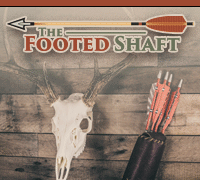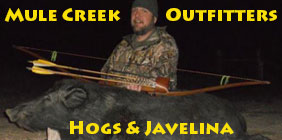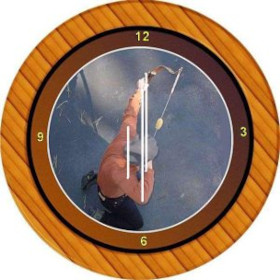Originally posted by Bladepeek:
What we need here is someone as anal as I, but with enough money and time to test 5 or 6 dozen of all the popular brands of .001, .003 and .006 tolerance and give us a complete report :D
I certainly do not have the funds to do a report like that, but I can offer my time! If folks would be interested in helping me doing so, I could get a spine tester and keep a log for all to view. What I would ask is that people send batches of new shafts to me for the test, preferably all different types and not 10 batches of the same type over and over again. We could set up a thread to keep it all organized and all public. Then, at the end of testing, the test shafts could all be listed for the St. Jude's auctions and be mailed off to those interested! You have my word, that I won't be keeping them for myself, unless I win the St Judes auction for them. That would be a very efficient way to get a wealth of objective comparisons for us to all use and all benefit from, support the kids at St. Judes, and spread out the cost of a fairly large research project into palatable bites for those interested. I'd have to buy or build a spine tester, which would be OK by me and would be more than willing to donate my time to test, document results, and provide a full report for those interested.
I would likely create a table and list the deviation in each shaft individually, the mean (average) deviation/spine for the batch, the standard deviations within the spines (measure of consistency), the extreme spread, high values, and low values. The two numbers that I would consider the most valid would be the mean (how accurate is the spine to advertised value) and standard deviation (how precise are they at maintaining the mean at the advertised value). These two numbers could help us that don't have the tools or inclination to test for spine to select shafts built to tighter tolerances and just hope that in doing so we have fairly accurate arrows being built.
I've done quite a bit of similar ballistic analysis and reloading stuff for my firearms and was recently thinking about looking into more of the technical data on my arrows as I build more batches of arrows anyway with regards to consistencies in spine, straightness, and weights.














